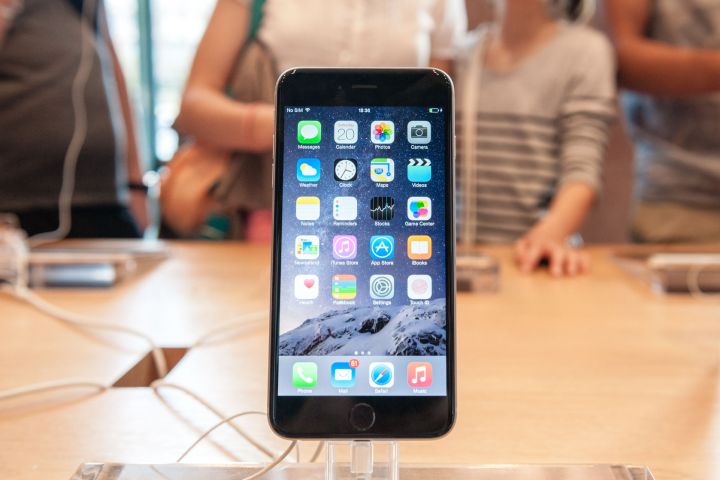
At some stores, however, the tech giant has been removing the tethers for a better customer experience as well as cleaner bench displays more in keeping with the minimalist design of Apple’s brick-and-mortar locations.
Yes, it does mean someone could, in theory, enter the store, pick up a phone, pop it in their pocket, and walk out, but the fact that the trial appears to be expanding to multiple locations suggests Apple is pleased with the way it’s going. In other words, it hasn’t lost too many phones yet.
Stores known to have ditched the security tethers include Toronto’s Yorkdale premises, and the recently redesigned Apple Store on London’s Regent Street, according to MacRumors.
Apple told Cnet that the idea is to allow shoppers to hold the phones more naturally, try different cases on them, and “see how they feel in your pocket.” Yes, you really are more than welcome to pop them in your pocket. Just not for too long.
Larger items such as the iPad and Apple’s range of laptops continue to use security tethers, according to reports.
Apple Stores of course still have a number of security measures in place, including cameras, security personnel, and eagle-eyed store staff. Oh, and according to Cnet, should you “forget” to replace an iPhone after handling it or indeed putting it in your pocket, a rather loud, attention-grabbing alarm will sound as you walk out of the store, while staff will also remotely disable any handsets that mysteriously disappear.
Editors' Recommendations
- This one Apple Fitness feature completely changed how I exercise
- We finally know when Apple will announce its 2024 iPads
- An Apple insider just revealed how iOS 18’s AI features will work
- iPhone 16: news, rumored price, release date, and more
- Why you should buy the iPhone 15 Pro instead of the iPhone 15 Pro Max


